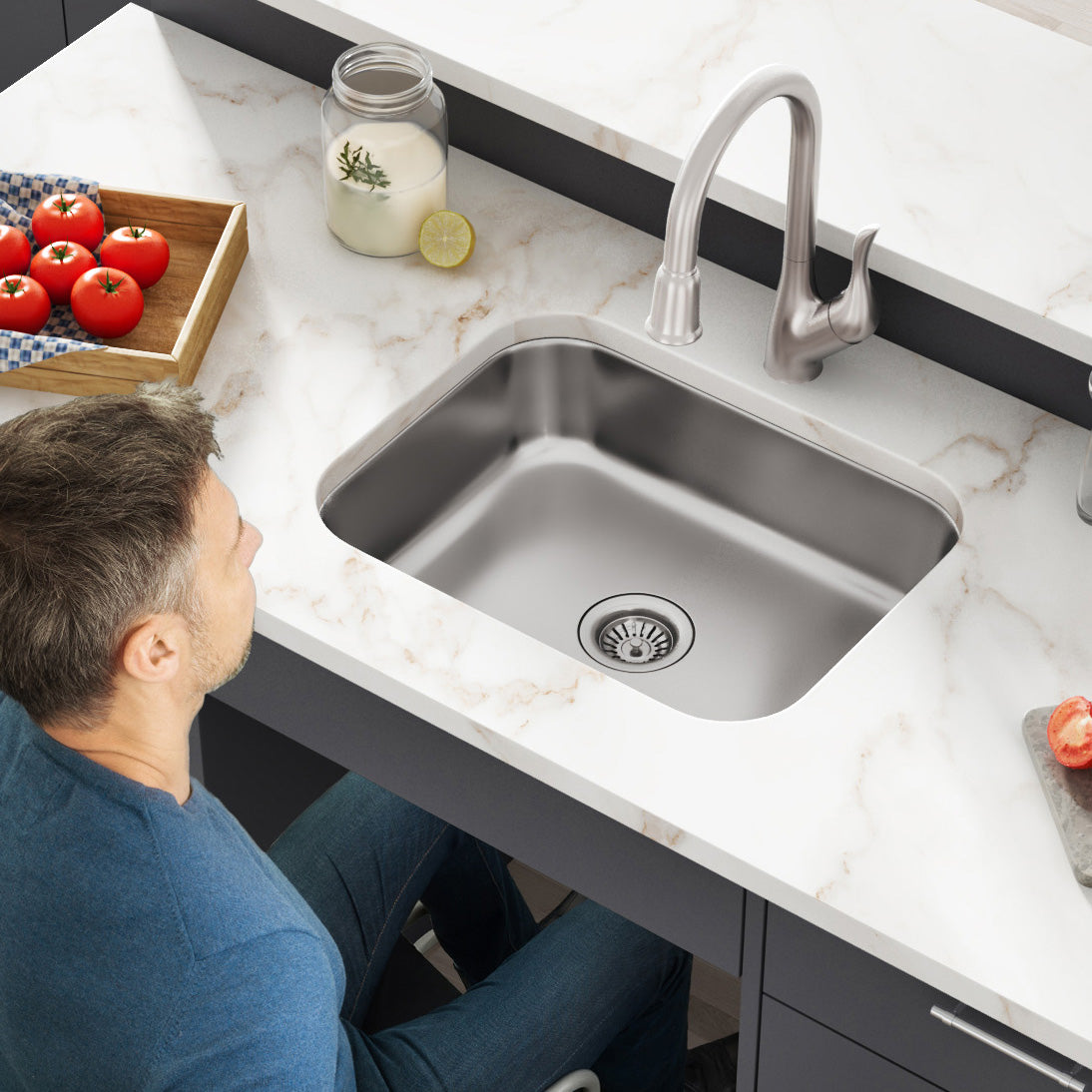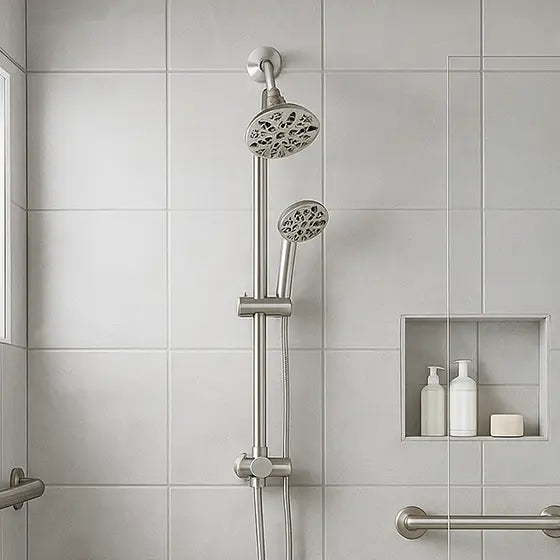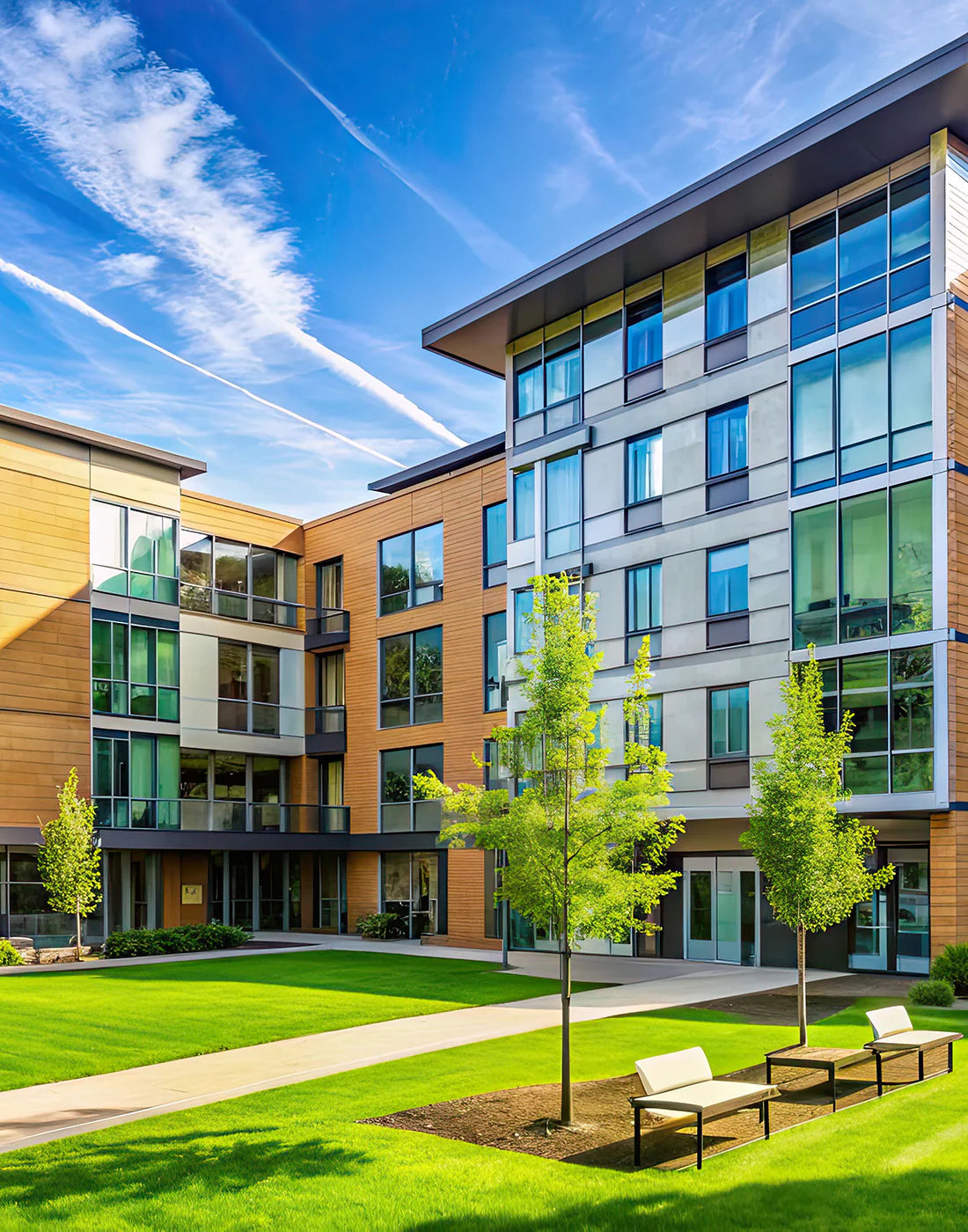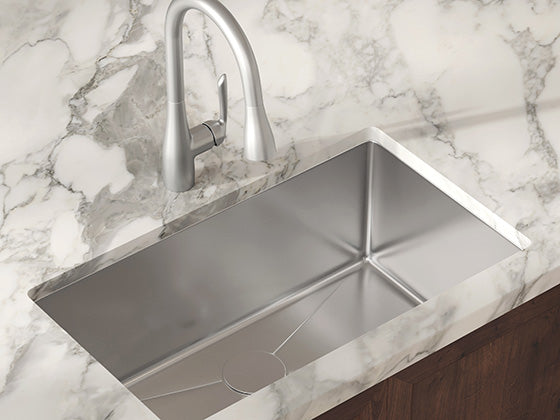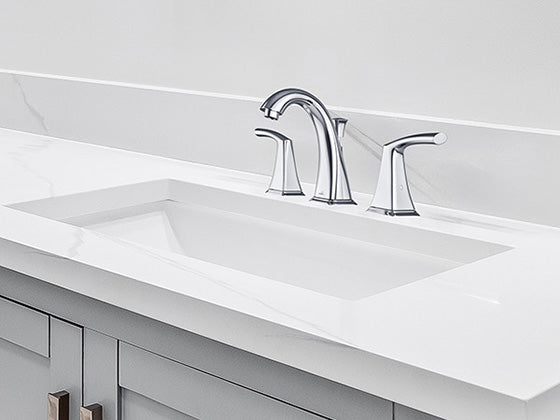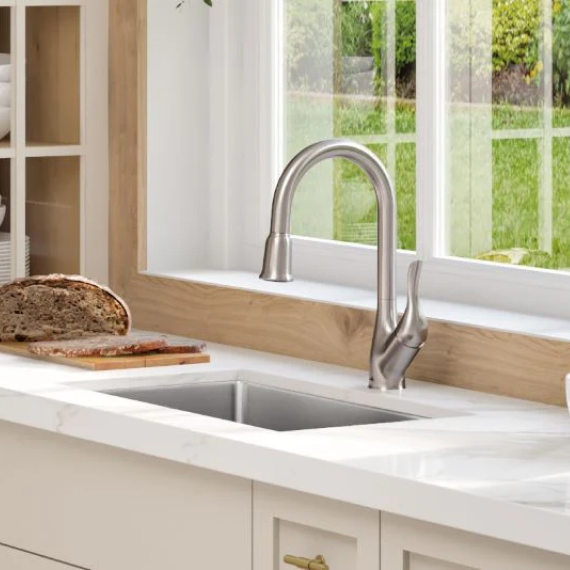There is a decent amount of confusion when it comes to the differences between vitreous China and porcelain.
Are they two different materials or the same material with different names?
To state it simply and clearly, vitreous china and porcelain are made from the same exact materials; vitreous china is simply the glazing technique that is added onto porcelain for that sleek, shiny look you see on common bathroom sinks and toilet.
How Porcelain is Made
The manufacturing process for porcelain products involves several key steps. Initially, raw materials such as clay, feldspar, silica, and quartz are blended with water until they reach a malleable consistency. This mixture is then used in the casting stage, where it is poured into molds to form the products. These are left to set and undergo an initial drying phase, which is crucial for shaping.
After the products have solidified in their molds, they are carefully removed and subjected to further drying. Post-drying, each item is meticulously inspected and undergoes finishing touches, including sanding and cleaning, to prepare for the firing process.
The items are then placed in a kiln and fired at temperatures typically exceeding 2200 degrees Fahrenheit. This initial firing transforms the clay mixture into hard, durable porcelain. Although technically now porcelain, the items often undergo further processes, particularly if they are to be converted into vitreous china.


For products intended to become vitreous china, a vitreous enamel glaze is applied to their surfaces. This coating not only enhances the product's durability but also provides a glossy, impermeable finish. Following the application of this glaze, the items are returned to the kiln for a second firing. This firing usually occurs at even higher temperatures, around 2400 degrees Fahrenheit, ensuring that the glaze fuses thoroughly to the porcelain, creating the vitreous china's characteristic glassy, robust surface.
Glazed or Unglazed?
In the realm of bathroom sinks, nearly all sinks are glazed. Unglazed sinks are extremely unusual because they have a raw, unfinished look. In the rare cases when it is used it can fit a rustic or vintage bathroom decor such as a modern-day farmhouse.
Among glazed styles, which include the vast majority of bathroom sinks, vitreous china is the most popular. The longer manufacturing process creates extremely durable sinks that will last for the long-term.
The smooth vitreous enamel surface of vitreous china offers many benefits that unglazed sinks do not, hence the reason why glazed styles are more popular today. The glazing of a vitreous china sink can be many different colors, but the most common are white, black, and biscuit (a tan, off-white color).
A few of the biggest benefits of glazed sinks are that the gloss enamel coating acts as a protective casing making it more resistant to scratches, more sanitary, and more durable.
For these benefits, vitreous china is commonly the choice product for not only individual’s homes but industrial and commercial infrastructures as well as they generally last longer.
Caring For Your Porcelain
As a general rule of thumb, you should try to clean your porcelain sinks on a daily basis to prevent soap scum and other bacterial buildups.
Try keeping a washcloth or sponge near your sink at all times so you can easily wipe down the inside of the porcelain bowl as your washing your hands or performing other daily chores over the sink.
You should avoid abrasive cleaners! Porcelain is durable, however, if you’re trying to maintain and extend the lifetime of your porcelain sinks, abrasive cleaners will do the exact opposite as they are too harsh for porcelain products.

